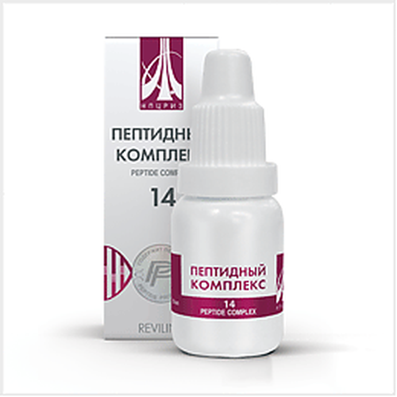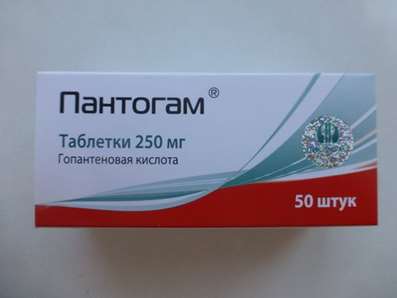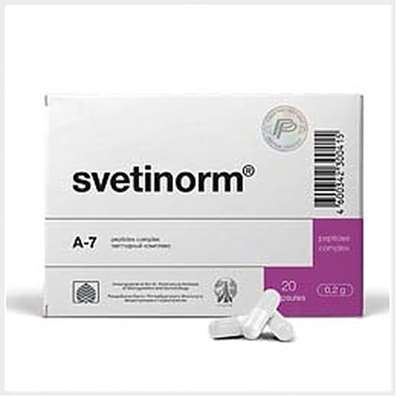Instruction for use: Dydrogesterone (Desogoestrelum)
I want this, give me price
Pharmacological group
Estrogens, gestagens; Their homologues and antagonists
Nosological classification (ICD-10)
Z30 Monitoring contraceptive use
Local Contraception, Contraception oral, Local contraception, Episodic prevention of pregnancy, Hormonal Contraception, Contraception, Prevention of Pregnancy, Prevention of unwanted pregnancy, Contraceptive intrauterine, Contraception in women with androgenization phenomena, Installation and removal of the intrauterine device, Prevention of pregnancy (contraception)
Code CAS54024-22-5
Characteristics Contraceptive progestogen-containing drug.
Pharmacology
Pharmacological action - contraceptive, progestagenic.
Suppresses ovulation, promotes the thickening of cervical mucus, reduces the level of estradiol to values that are characteristic of the early follicular phase. The frequency of pregnancy with the use of desogestrel is comparable with that of the appointment of combined estrogen-progestational drugs: the Perl index (the number of pregnancies that occurred during the application of the method of contraception in 100 women during the year) for desogestrel - 0.4 (for drugs with 0.03 mg Levonorgestrel - 1.6). Does not cause significant changes in the carbohydrate, lipid metabolism and hemostasis parameters.
Pharmacokinetics
Quickly and almost completely biotransformed by hydroxylation and dehydrogenation with the formation of an active metabolite - etonogestrel, which is metabolized by the formation of sulfate and glucuronide conjugates. Bioavailability is 70%. Tmax 1.8 hours. Ethonogestrel binds to plasma proteins: with albumin - 66 ± 12%, with globulin binding sex hormones (GGPS) - 31 ± 12%. Css is achieved after 4-5 days of taking the drug. It penetrates into breast milk in a ratio of 0.33-0.55 (with a full milk intake of 150 ml / kg / day, the newborn can receive 0.01-0.05 μg). In the equilibrium state, on the 21st day, T1 / 2 is 27.8 ± 7.2 hours. Etonogestrel and its metabolites are excreted in urine and feces in a ratio of 1.5 / 1 (as free steroids and as conjugates).
Application of Desogestrel
Contraception.
Contraindications
Hypersensitivity, established or suspected pregnancy, thromboembolism (including deep vein thrombosis of the lower leg, thromboembolism of the pulmonary artery, including in the anamnesis), hepatic insufficiency (including in the anamnesis), gestagen-dependent tumors, vaginal bleeding of unclear etiology, breast cancer Glands, liver cancer, prolonged immobilization associated with surgery or disease (risk of venous thromboembolism).
Side effects
From the nervous system and sensory organs: a change in mood; Rarely - headache, fatigue.
On the part of the digestive tract (gastrointestinal tract): nausea; Rarely vomiting.
From the genitourinary system: irregular bloody discharge; Rarely - amenorrhea, decreased libido; Very rarely - vaginitis, dysmenorrhea, ovarian cysts.
On the part of the endocrine system: soreness of the mammary glands, weight gain, acne, alopecia.
Allergic reactions: in isolated cases - rash, hives, erythema nodosum.
Other: discomfort when using contact lenses.
There is no reliable connection with reception of gestagens: cholestatic jaundice, skin itch, cholelithiasis, porphyria, systemic lupus erythematosus, hemolytic-uremic syndrome, chorea, pregnant herpes, otosclerosis, deafness.
Interaction
With the simultaneous use of inducers of microsomal liver enzymes (phenytoin, barbiturates, carbamazepine, rifampicin, oxcarbazepine, rifabutin, griseofulvin), the effectiveness of oral contraceptives may decrease and the risk of developing breakthrough uterine bleeding may increase. The maximum level of induction of enzymes is usually achieved no earlier than 2-3 weeks and can persist up to 4 weeks after the withdrawal of the concomitant drug.
In vitro studies (a process or reaction in an artificial medium (in vitro)), it is shown that the isoenzyme CYP2C9 (cytochrome P450 isoenzyme) cytochrome P450 plays an important role in the conversion of desogestrel to ethonogestrel, so that the interaction of desogestrel with substrates or inhibitors of CYP2C9 (such as ibuprofen , Piroxicam, naproxen, phenytoin, fluconazole, diclofenac, glipizide, celecoxib, sulfamethoxazole, isoniazid, irbesartan, losartan, valsartan); The clinical significance of such an interaction is unknown.
Antibiotics (eg, ampicillin and tetracycline) reduce the effectiveness of the contraceptive effect.
Activated charcoal reduces the absorption of desogestrel and reduces contraceptive effectiveness.
Overdose
Symptoms: Potentially possible nausea, vomiting, minor spotting from the vagina.
Treatment: symptomatic, there is no specific antidote.
Routes of administration
Inside.
Precautions
Perhaps the appointment of nursing mothers, as well as women who are contraindicated with estrogens.
It should be remembered that contraceptive efficacy may decrease if a break between taking 2 tablets. Will be more than 36 hours. If the next pill is delayed for less than 12 hours, take a pill as soon as a woman has thought about it and take the following tablets at the usual time. If the next pill is delayed for more than 12 hours, you should adhere to the rules for taking tablets, additionally using barrier methods of contraception during the next 7 days. If taking pills was missed in 1 week of their use and there was sexual contact within 1 week preceding the omission of tablets, the possible pregnancy should be excluded.
Against the background of taking oral contraceptives, the risk of developing breast cancer increases with age (it does not depend on the duration of taking oral contraceptives, but depends on the age of the woman).
Although gestagens can affect insulin resistance of the peripheral tissues and glucose tolerance, there is no evidence that a diabetic patient needs dose adjustment, but women with diabetes should be under medical supervision throughout the treatment period.
When amenorrhea and the appearance of pain in the process of taking the drug should be remembered about the potential ectopic pregnancy.
Women with a predisposition to chloasma should avoid long exposure to the sun or exposure to UV radiation.
Despite regular use of the drug, irregular bloody discharge is possible. If the bleeding is sufficiently frequent and irregular, it is necessary to decide on the appointment of another contraceptive. If the above symptoms continue to occur even after disogestrel cancellation, organic pathology should be ruled out.
When taking low-dose hormonal contraceptives, the size of the follicles can occasionally reach a size exceeding normal. In most cases, they disappear on their own, sometimes there is a slight pain in the lower abdomen, occasionally surgical intervention is required.
Large-scale epidemiological studies have not revealed a teratogenic effect when taking oral contraceptives in the early stages of pregnancy, as well as an increased risk of having children with anomalies.
When taking rifampicin, the method of barrier contraception should be used throughout the course of treatment and within 28 days after the withdrawal of this drug.
Women taking drugs that induce liver enzymes for a long period of time are advised to stop taking desogestrel and use non-hormonal methods of contraception.
There is no evidence of any drug effect on the ability to drive or other mechanisms.

 Cart
Cart





